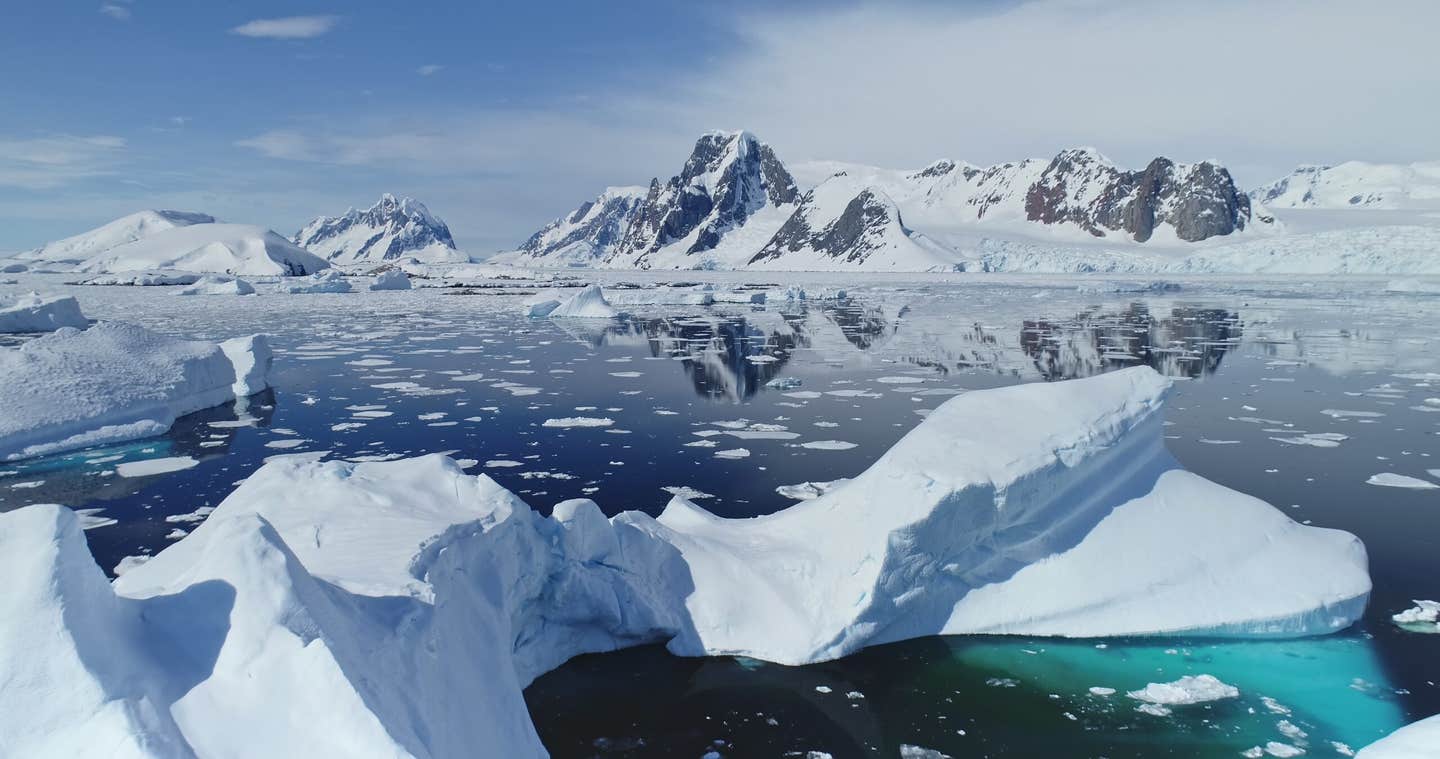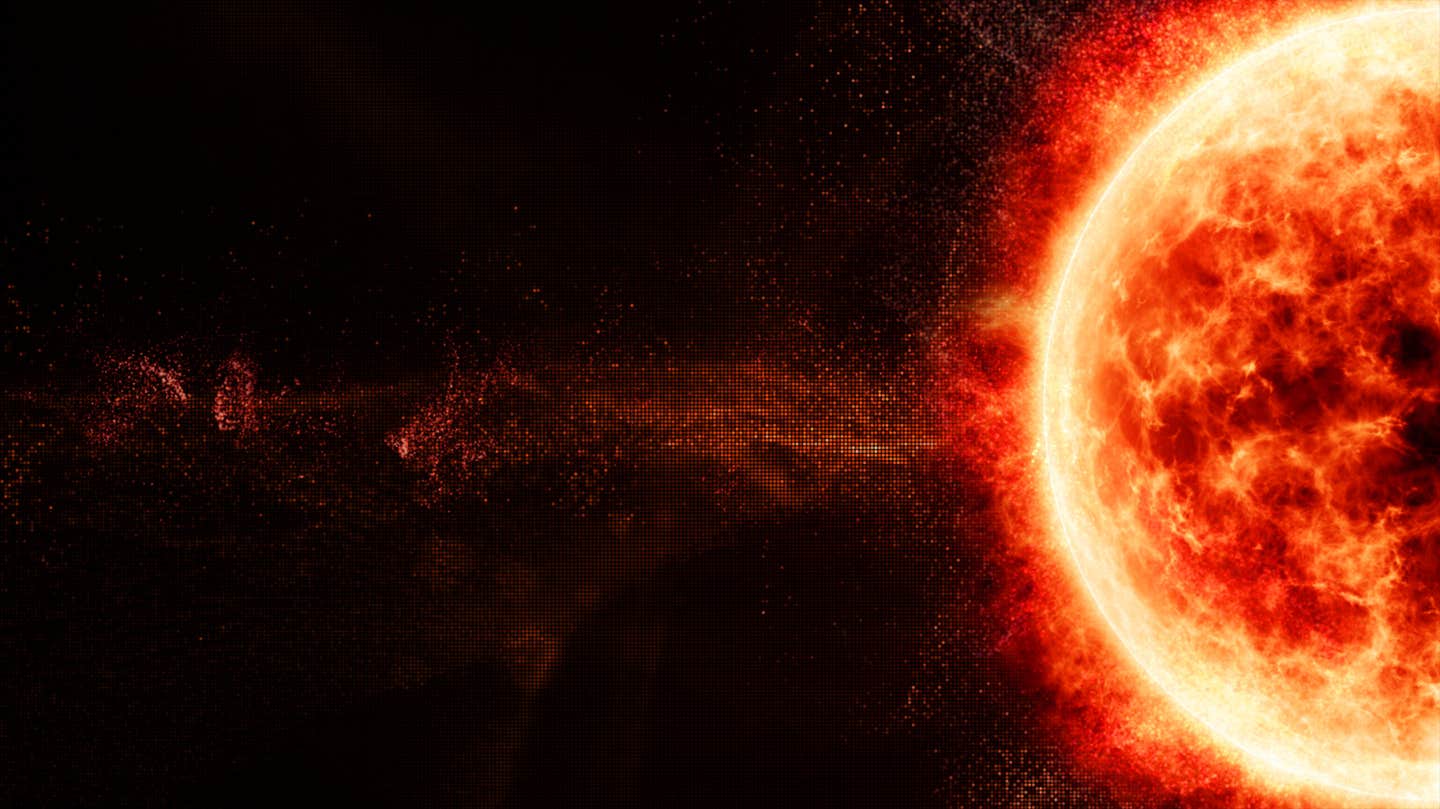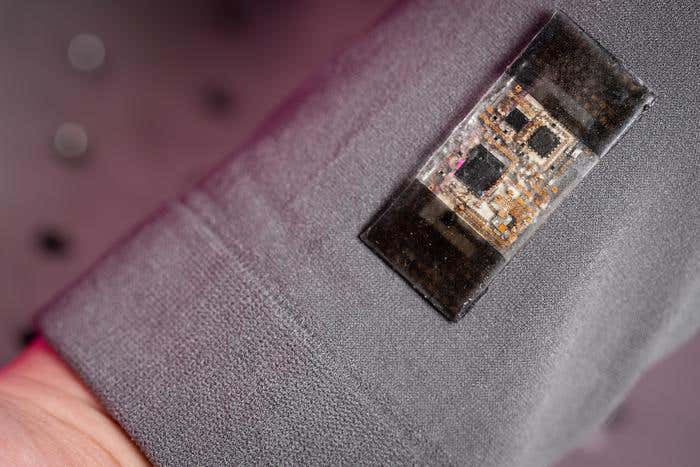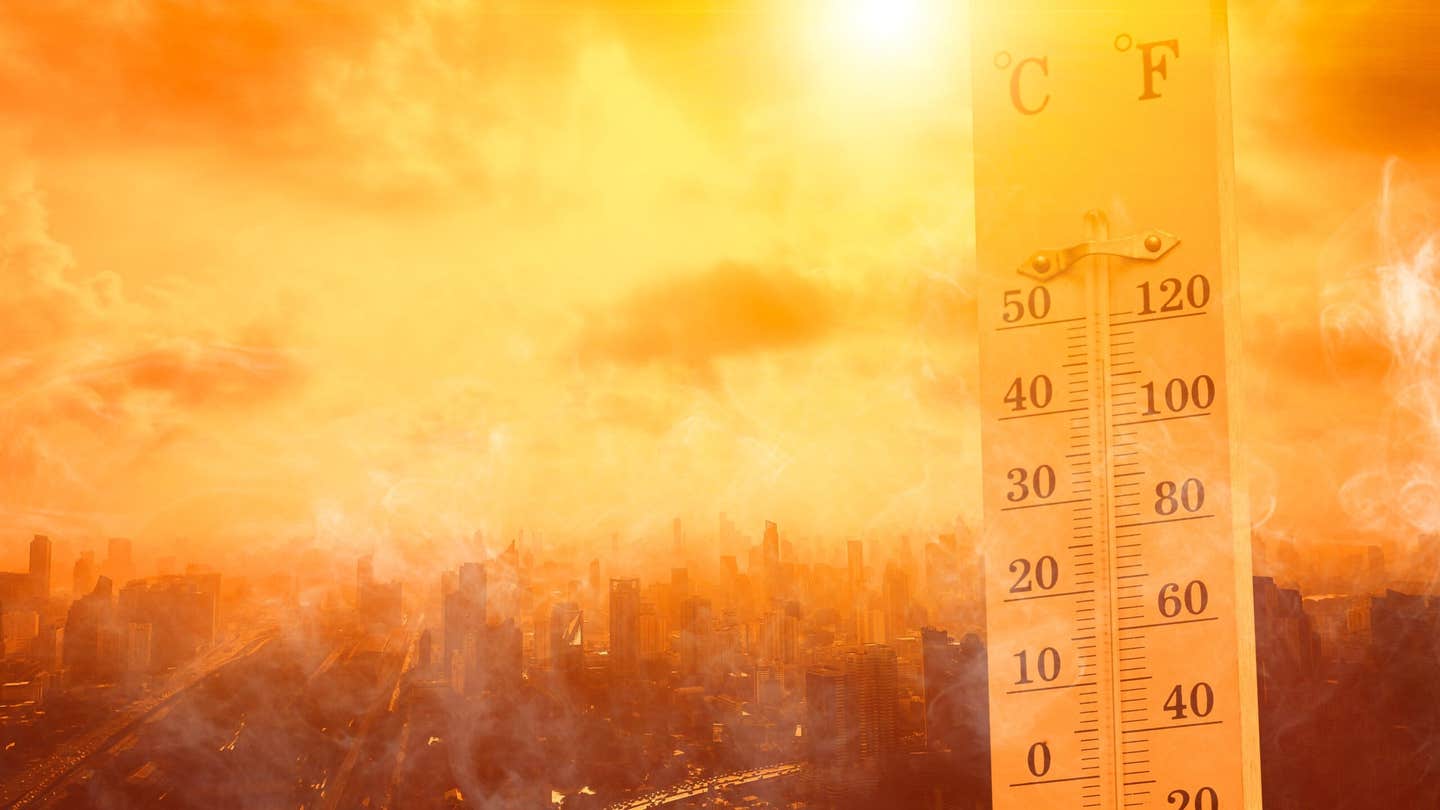Secrets beneath the Southern Ocean: How ancient waters helped cool the Earth
Antarctic seamount reveals how deep ocean layering trapped carbon and cooled the planet hundreds of thousands of years ago.

Ancient ocean layers locked away carbon, cooling Earth’s lukewarm interglacials, new isotopic study shows. (CREDIT: Shutterstock)
Between 800,000 and 430,000 years ago, Earth went through a series of fairly gentle warm-ups that scientists are now calling "lukewarm interglacials." The air over Antarctica was chilly during these interglacials, and carbon dioxide levels were 30 to 40 parts per million lower than they became in later interglacials.
Why these earlier warmings were so muted has puzzled climate scientists for decades. And now, new studies look back far under the Southern Ocean as the key to unlocking Earth's ancient climate beat.
A Window Into Ancient Waters
The international research team, headed by Dr. Huang Huang, who received his Ph.D. at GEOMAR Helmholtz Centre for Ocean Research in Germany and today serves as an assistant researcher at the Laoshan Laboratory in Qingdao, China, used a new technique for gazing into the past.
Scientists studied a ferromanganese crust collected at Haxby Seamount off the Antarctic margin of the Pacific. Buried nearly a mile under the seafloor, the slowly accreting mineral crust is like an oceanic time capsule, documenting changes in seawater chemistry in layer upon layer over hundreds of thousands of years.
By using a two-dimensional laser ablation technique, researchers examined tiny fragments of the crust to measure the isotopic composition of lead in milligrams. The method involves vaporizing minute pieces of material and analyzing the vapor for its elemental and isotopic structure.
"This new laser technology opens completely new possibilities for climate reconstruction," said physicist Dr. Jan Fietzke, head of the laboratory for laser measurements at GEOMAR. "It will allow us to better understand the role of the Southern Ocean in the global carbon cycle and future climate trends."
Reading the Ocean's Chemical Diary
By tracking some lead isotope ratios—namely ^208Pb/^206Pb and ^206Pb/^204Pb—the scientists were able to reconstruct ocean mixing and water mass transport across the last 800,000 years. They are fingerprints for different sources of water. Antarctic Bottom Water, formed close to the icy continent, possesses a distinctive isotopic signature compared to the deeper waters moving in from the Pacific.
The evidence was conclusive. In the warm interglacials, the ^208Pb/^206Pb ratios were higher than in later, more modern interglacials, suggesting less Antarctic Bottom Water entering the deep ocean. The discovery points towards a more compartmentalized, or "stratified," ocean with deep waters separated from those in the surface.
To the contrary, colder glacial periods witnessed greater mixing, as reflected by lower isotope values. Since lead in the sea has a relatively short half-life of a few hundred years at most, changes preserved in the crust replicate instantaneous nearby changes, not the more glacial global processes that have a tendency to mask climate signals in sediments.
The Carbon Connection
Why would a more stratified ocean chill the world? It is a matter of the manner in which carbon is exchanged between the ocean and atmosphere. Deep waters within the ocean hold enormous reserves of dissolved carbon dioxide. As vertical mixing decreases, that carbon remains trapped below, keeping to a minimum that gets lost to the air.
The researchers' estimates have the reduced mixing during warm interglacial periods maintaining atmospheric CO₂ roughly 30–40 ppm lower than that of later warm periods. Model experiments suggest that all combined, greater stratification, a thicker Antarctic cover of sea ice, and reduced upwelling would reduce CO₂ levels by some 36 ppm—a amount that closely approximates that which the isotope record indicates.
This pattern reversed after the Mid-Brunhes Event, approximately 430,000 years ago, when interglacials became increasingly longer and warmer. The Earth's climate has since tended to have higher CO₂ concentrations and more vigorous ocean mixing, which is a fundamental change in the way the Southern Ocean helps keep global temperatures stable.
After the Cause of Stratification
Several factors may have made the deep Southern Ocean more stratified in those ancient warm periods. Lower temperatures of the Antarctic air and the expansion of extensive sea ice most likely formed denser bottom waters that produced a steep density contrast that opposed vertical mixing. In contrast, slower upwelling reduced the circulation that would otherwise bring in nutrient-rich deep water towards the surface.
Reduced biological productivity—less sea life fixing carbon through photosynthesis and sinking to the ocean floor—may have also played a role. Together, these shifts helped to "lock in" carbon in the deep ocean, taking it out of the atmosphere and retarding global warming.
Strengths and Outstanding Questions
What is unusual in this study is the precision of its data and the consistency of its sampling site. Because the ferromanganese crust formed in open ocean with limited sediment contamination, it provides a clean record of seawater chemistry. The researchers even crossdated two distinct portions of the same crust and obtained nearly identical isotopic histories, which added to the confidence in their findings.
Nonetheless, a few things remain uncertain. It's hard to date the crust so old, particularly more than 450,000 years ago, since the rate of growth is slight—only about a millimeter every million years. Researchers have to use uranium and thorium isotopes to date it, but those isotopes have natural variations that can lead to slight errors. Nevertheless, the general trends match independent observations from the sediment cores as well as other isotope records in the Southern Ocean.
The results lend support to an increasingly held belief that the Southern Ocean, rather than the Atlantic, was largely responsible for CO₂ change during the lukewarm interglacials. While the Atlantic overturning circulation itself remained fixed, modifications in waters surrounding Antarctica appear to have recast the map of how much carbon deep waters could store.
Lessons From an Ancient Climate Shift
The discovery slots into today's anxieties about global warming. While the global temperature rises and the Antarctic sea ice melts, the Southern Ocean can reduce its ability to take up carbon. The ocean would become less stratified and have more deep carbon overflow to the surface, increasing the greenhouse effect.
"Our data show for the first time that more intense stratification of the Southern Ocean was a major factor in the relatively cold interglacials leading up to the Mid-Brunhes Event," said Dr. Huang. "Discovering these processes helps us value the influence ocean structure change can have on long-term climate."
The study not only dispels a long-standing mystery in paleoclimate science but also illustrates just how interconnected Earth's oceans and atmosphere are. Modest shifts in water mixing thousands of meters below the surface can resonate deep into the entire climate system.
Practical Implications of the Research
These findings offer a chilling reminder for today. If the warming of the past few centuries continues to shatter sea ice and interfere with the layering of the Southern Ocean, the deep ocean will have its ability taken away to store carbon. That would speed up climate change by allowing more CO₂ to recycle into the atmosphere.
Apart from climate forecasting, Huang's new laser method could transform the process of scientists reconstructing ancient habitats.
By reading the chemical "pages" within mineral crusts, researchers can explore how ocean circulation patterns evolved over hundreds of thousands of years—knowledge that could assist in creating improved climate models and guide global carbon management strategies.
Research findings are available online in the journal Nature Communications.
Related Stories
- Southern Ocean shows troubling signs of a growing climate emergency
- The Southern Ocean captures 25% more CO2 than previously thought
- Hidden ocean currents play a crucial role in global weather, study finds
Like these kind of feel good stories? Get The Brighter Side of News' newsletter.
Rebecca Shavit
Science & Technology Journalist | Innovation Storyteller
Based in Los Angeles, Rebecca Shavit is a dedicated science and technology journalist who writes for The Brighter Side of News, an online publication committed to highlighting positive and transformative stories from around the world. With a passion for uncovering groundbreaking discoveries and innovations, she brings to light the scientific advancements shaping a better future. Her reporting spans a wide range of topics, from cutting-edge medical breakthroughs and artificial intelligence to green technology and space exploration. With a keen ability to translate complex concepts into engaging and accessible stories, she makes science and innovation relatable to a broad audience.



